Jefford on Monday
Most years, I take groups of wine students and enthusiasts around Bordeaux and Burgundy. We talk about why wines taste as they do, and explore the differences between them. That includes, of course, terroir. I then sigh gently and explain that of course the word ‘terroir’ means something very different in each region.

In Burgundy, the small vineyard parcel (cru or lieu-dit) is sacrosanct. In Bordeaux, the property name is sacrosanct. This means that in Burgundy, you taste single vineyards. In Bordeaux, you taste holdings: collections of vineyards. (And in both, of course, you taste wine-making skill – or its absence.)
If you drink a Pauillac called Lafite, you will be drinking some wine from St Estèphe (the Caillava vineyard: some of the property’s oldest Cabernets). If you drink a Pomerol called La Conseillante, you will be drinking some wine from St Emilion (parcels planted to the northwest of Cheval Blanc).
You might once have bought a bottle of a St Emilion called La Gomerie. Now it’s part of Ch Beau-Séjour-Bécot. The Valandraud of the 1990s was made from a largely different set of parcels to the Valandraud of the 2000s. Ch Canon has swallowed Ch Matras. Ch Quintus is an amalgamation of Ch Tertre Daugay and L’Arrosée.
From a Burgundian perspective, all of this is preposterous: the triumph of brand over terroir. It is, however, the Bordeaux way, and has been for 300 years.
Why the historical difference? Much, I think, springs from the late development of the Médoc as a vineyard area, combined with the fact that it was developed not, as Burgundy was, over a millennium or more from a patchwork of monastic properties and long-farmed peasant smallholdings, but swiftly and speculatively, on virgin land reclaimed from estuarine swamps by wealthy urbanites. During the early nineteenth century, the size of holdings and their colossal economic weight meant the Médoc set the cultural tone for the whole region. The great parcels, if you like, were ahistorical.

The right bank could indeed have become a little Burgundy, as viticulture had much older roots in smaller landholdings there – had it existed on its own, in some other location altogether. But not when the regional rules were written in Bordeaux, and when the trading power of the region was concentrated along the Quai des Chartrons.
This doesn’t mean that terroir is a joke in Bordeaux. It simply means that the filter through which we see terroir in each region is a different one. Different in space: you taste the holding, not the vineyard. Different in time, too: holdings reinvent themselves ceaselessly, whereas the land register changes only very slowly, and in celebrated areas like the Côte d’Or is unlikely ever to change much again. Since we are talking about great terroir in both areas, though, the subject is always of compelling interest, regardless of the filter.
All of this is the perfect illustration of the cultural dimension of terroir. Terroir, remember, doesn’t come into being until the wine farmer gets to work on it; it’s only potential until that point. The farmer can’t change the potential; he or she can only realize it to the best of their ability. What’s in the farmer’s head – his or her culture – is of huge significance in this process.
One of the difficulties in seeing, finding or uncovering terroir in newer wine-producing regions is that the farmers concerned are often working within a homogenous wine-producing culture. If everybody thinks in the same way, then it’s much harder for the terroir potential hidden in what are often geographically disparate wine-producing areas to emerge with clarity. That’s why it seems to me desirable that wine creators shouldn’t grow up together, go the same wine school and share the same dreams. Rebels, dissidents and outsiders are precious.
Local traditions are vital, too, in the sense that the terroirs of a certain area might even be said to teach local wine creators exactly how their potential should be realised.
You could, I think, make a case that the terroirs of Bordeaux could never have been articulated in exactly the same way as in Burgundy, since the lie of the land is usually so much gentler, and that land is situated further south, and further away from the ripening limit. Precise vineyard boundaries are therefore less significant. Burgundy, by contrast, does lie on or close to the ripening limit, so every metre on the hillside counts, and exact vineyard boundaries become hugely consequential.
The struggle to understand terroir in all of the world’s fine wine regions matters a great deal, since only in that way can the potential of an area be maximized. But the Burgundy model shouldn’t be held up as a universal ideal, for all its seductive precision. Everywhere, remember, is different. That’s the point. 
Columnist Introduction
Andrew Jefford is a columnist for both Decanter magazine and www.decanter.com, Jefford has been writing and broadcasting about wine (as well as food, whisky, travel and perfume) since the 1980s, winning many awards – the latest for his work as a columnist. After 15 months as a senior research fellow at Adelaide University between 2009 and 2010, Andrew is currently writing a book on Australia's wine landscape and terroirs. He lives in the Languedoc, on the frontier between the Grès de Montpellier and Pic St Loup zones.
Click here to read all articles by Andrew Jefford>>
- Follow us on Weibo@Decanter醇鉴 and Facebook
and Facebook for the latest news and updates -
for the latest news and updates -
Translated by Sylvia Wu / 吴嘉溦
All rights reserved by Future plc. No part of this publication may be reproduced, distributed or transmitted in any form or by any means without the prior written permission of Decanter.
Only Official Media Partners (see About us) of DecanterChina.com may republish part of the content from the site without prior permission under strict Terms & Conditions. Contact china@decanter.com to learn about how to become an Official Media Partner of DecanterChina.com.

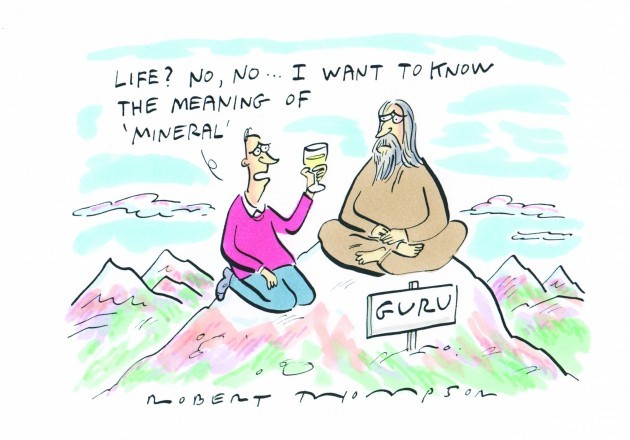
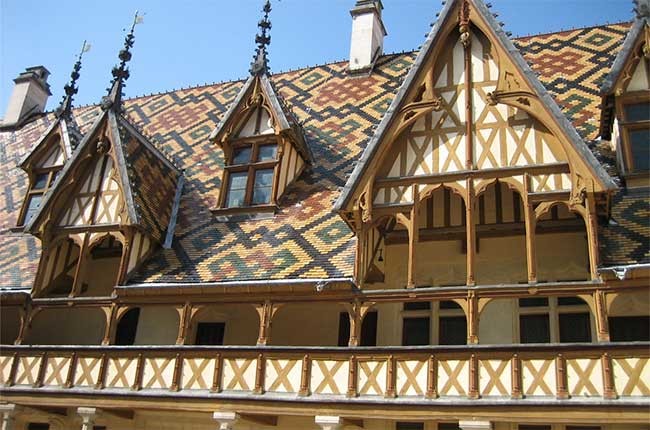
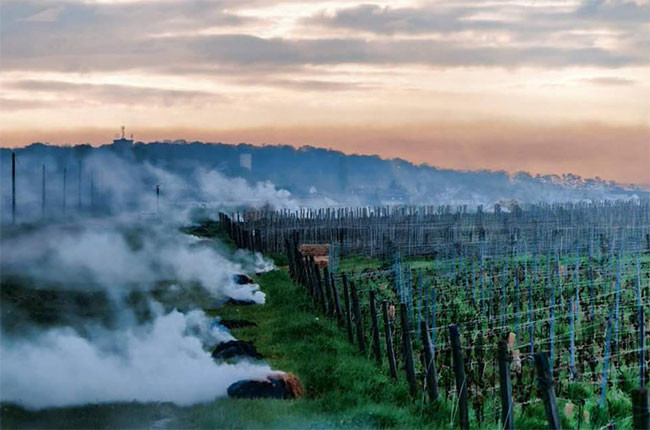
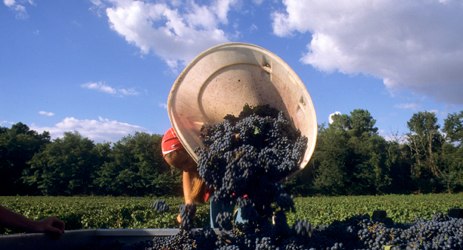
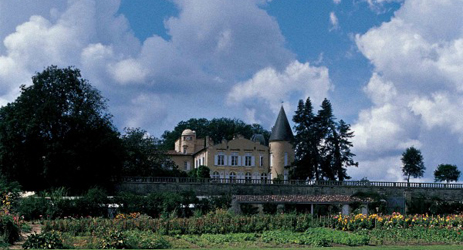

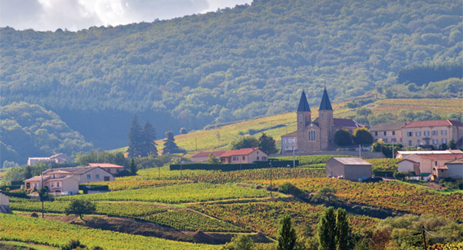
Comments
Submit